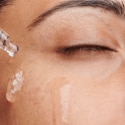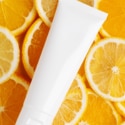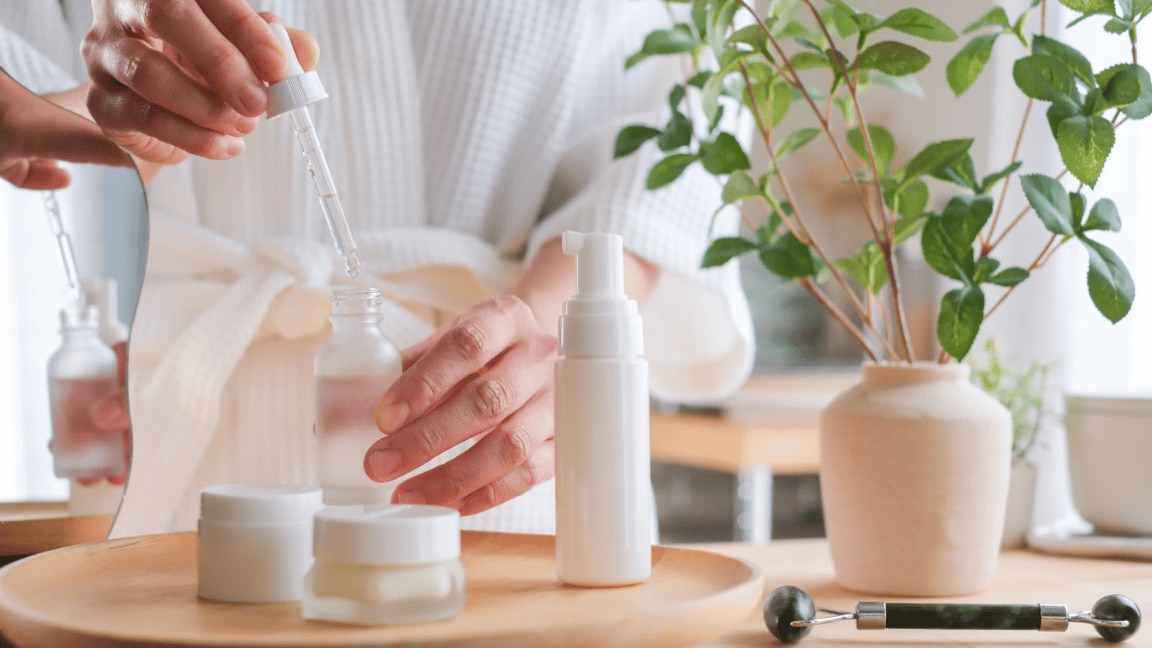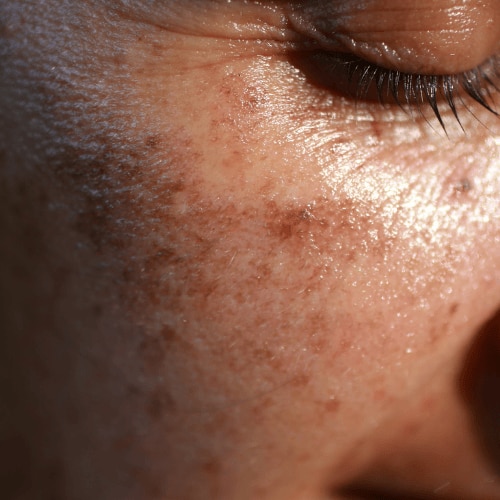Keep reading to know...
Sometimes, things just click, and sometimes they don't. In skincare, much like life or your go-to Chinese Takeaway order, what works for one person might not work for another. I've spent years finding the perfect routine for my skin. If you feel the same way, but don’t know where to begin when trying to personalise your skincare, this guide is here to help you do just that. From your fear of using the wrong ingredients that might cause breakouts to help you chart out steps that help you maximise the benefits of each product – we’ve got you covered.
We got skincare experts to help us curate a beginner’s guide to incorporating active ingredients in your skincare routine. Scroll down to get started.
Should you be mixing active ingredients?
“Mixing actives can take your routine to the next level because you can target multiple concerns at once, like pairing exfoliation with hydration or anti-ageing with brightening”, shares Dr Saru Singh, a renowned aesthetic physician in Delhi.
According to Dr Jaishree Sharad, a leading celebrity and board-certified dermatologist, “If two active ingredients complement each other, they work together to increase the efficacy of one another. Having said that, you also can’t mix all activities. For instance, mixing AHA with retinol will dry out the skin as they’re both exfoliants.” It’s best to keep your favourite retinol and AHA products separate. The secret lies in knowing the right combinations.
Active ingredients in skincare are scientifically proven to target specific skin concerns. OGs like retinoids and Vitamin C have known benefits. While one helps stimulate collagen formation, the latter is an antioxidant that helps prevent sun damage and photoaging. Though potent in their singular form, the results can be miraculous when two actives amalgamate. With the surge of a much more thoughtful approach to beauty where many play skincare alchemists, here’s how you can navigate which active ingredients to mix and the do’s and don’ts involved.
The Do’s and Don’ts of Mixing Active Ingredients
“You must start slow. It’s not advisable to use all the activities together even if they complement each other. Start with one active, use it for a week and then you can mix another active that complements it. For example, if you’re using hyaluronic acid and niacinamide together, then for the first week incorporate only niacinamide in your routine and for the second week use hyaluronic acid. This will allow you to see if it's suiting your skin,” recommends Dr. Sharad.
Keep in mind the nature of each active ingredient. Mixing too many low-pH products may throw off your skin’s balance. “Be careful to not combine too many drying ingredients. For instance, using salicylic acid, retinoids, and benzoyl peroxide together can lead to severe dryness”, adds Dr. Singh. Hydration is crucial when using such strong actives.
Pairs made in skincare heaven – Ingredients that work well together
1. Hyaluronic acid + Niacinamide: These water-loving actives work to keep the skin hydrated thereby maintaining a protective barrier on the skin. Lakmé’s Hyaluronic Dewy Face Serum gives that instant hydration boost, sealing in moisture for glowing skin.
2. Retinol + Niacinamide: Retinol is an active form of vitamin A that promotes skin cell turnover, boosts collagen, increases skin hydration and has anti-ageing properties. Layering it with Niacinamide will improve skin hydration. This combination can be found in Lakme Youth Infinity Night Creme, which repairs damage while brightening and nourishing the skin, leaving it rejuvenated in no time.
3. Glycolic Acid + Vitamin C: A powerful combination, these ingredients can help in boosting collagen production in the skin. You can start with Lakmé’s Glycolic Illuminate Serum With 1% Glycolic Acid that targets dullness and improves texture. Follow it up with a moisturiser and end with Lakmé Sun Expert which is a lightweight gel with SPF 50.
Recipes for disaster: skincare pairings you should completely avoid
1. Retinol + Vitamin C: This combination will irritate and increase skin sensitivity. Instead, use Vitamin C in the day and retinol at night to see amazing results. Simple Vitamin C Serum works well on dull skin, giving you visibly glowing skin. Use it in the morning before applying your moisturiser and SPF. Ponds Age Miracle Wrinkle Corrector Night Cream is infused with retinol, in combination with vitamins B3, E3, and glycerin that moisturise as well as protect the skin from premature ageing.
2. Vitamin C + AHA or BHA (exfoliating acids): Layering acid on vitamin C will destabilise the latter, destroying its uniqueness. For instance, when going for a radiance-boosting day cream that contains Glycolic acid, a type of AHA, avoid using vitamin C in combination with this. Instead, go for Lakmé’s Illuminate Day Cream, which boosts skin cell regeneration while replenishing the skin barrier and improving radiance – all at once.
3. AHA/BHA + Retinol: This one’s a big no as it can cause dryness and irritation when used together. All three are different types of chemical exfoliants, so it is not recommended to combine these ingredients within the same routine.
“Just like a balanced diet, rotating actives gives your skin the variety it needs without overwhelming it,” says Dr. Singh. “At the end of the day, skincare is about smart combinations, not more products. Patience is key and when done right, results will follow,” she adds.











 BePicks
BePicks







 Privacy Notice
Privacy Notice